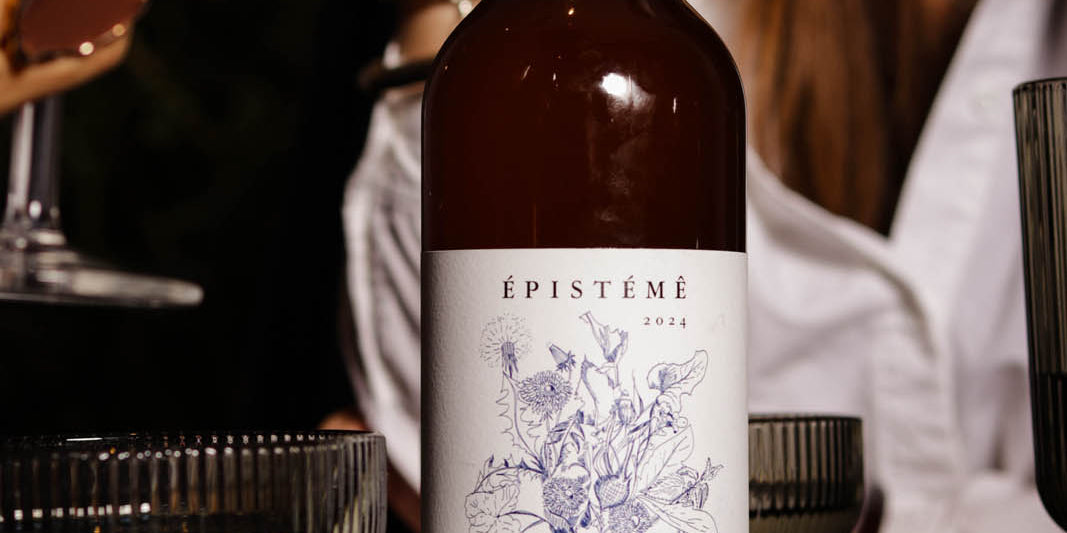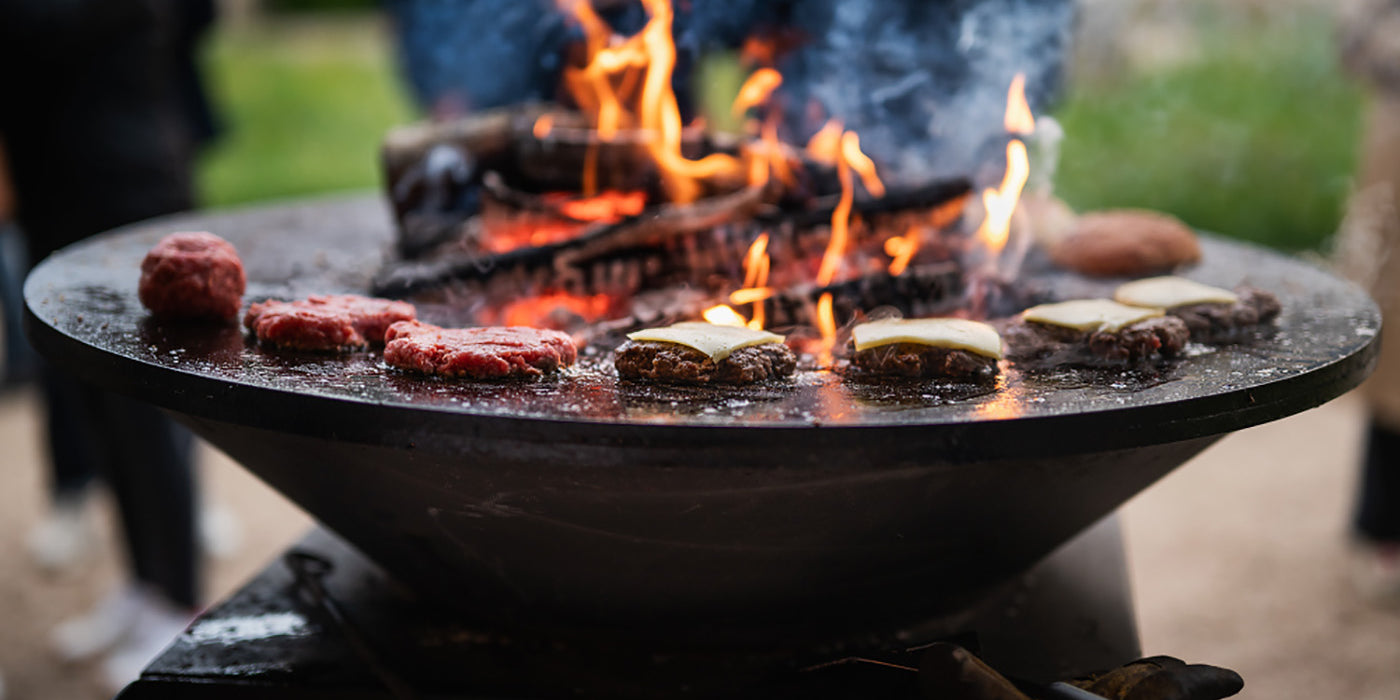Before the 1960s, the vines in Burgundy were planted with a variety of more or less qualitative grape varieties, but each had a role to play. Today, the finding is striking. Pinot Noir and Chardonnay largely dominate, with the use of identical clones. The last episode of frost shows the limits of this standardization in the face of changes in natural conditions. It is necessary today to understand the history of grape varieties in Burgundy and above all to ask the right questions because we know it: Nature never adapts to Man. It is up to us to observe it and adapt to it to sustain our activity.

Pinot Noir, one grape variety among many in Burgundy
In Burgundy, you have to go back to 1366 to find the first mention of Pinot Noir in Auxerrois by the Archbishop of Sens. Or, in 1380, where we find the first traces, on official documents, of Pinot Noir in the North of the Kingdom of France including Dijon, Rouen, Bourges, Amiens...
The work of Dupré de Saint Maur in 1780 lists the presence of 29 grape varieties in Dijon and 8 grape varieties in Beaune. For the anecdote, we come from “Saulvoignien” in Chassagne-Montrachet or even from “Treceau” in Auxerrois in 1383.
At this time, the wines were valued by the geographical indication of the city, whereas the grape varieties, diverse and varied, were not key elements in the valuation of the wine.
The Duchy of Burgundy, a role of ambassador or dictator?
The 14th century marked a turning point in Burgundy vineyard planting with the ordinance of 1395. It was during this order that Gamay was considered “harmful”, “unfair” and “unfair”. merchants are disappointed”. It is therefore implied that Pinot Noir is better and is appreciated by the elites of the time. This is the starting point for the rise of single varietals in Burgundy with the domination of Pinot Noir.

But why such an order and such a sanction for Gamay relegated to the volcanic flights of Beaujolais in the South? It is important to remember that at that time the taxation of cities depended, sometimes up to 50%, on wine taxes. At the same time, the Duke of Burgundy sought to assert his ducal power against towns ruled by wealthy families. By banning Gamay, the Duke is destabilizing the local economy and in particular those families who were at the head of the local economy. The Duke thus increases the tax burden and it is therefore in his economic interest to defend a more elitist viticulture.
The current vineyard is therefore the result of a social construction induced by trade and ducal decisions.
The rise of super-Pinot Noir and super-Chardonnay
It is quite logical that in the 18th century, we observe the decline in the diversification of grape varieties in favor of the main grape varieties, in particular Pinot Noir and Chardonnay which were cloned to best meet market expectations: more production, disease resistance, finer tannins...
The phylloxera crisis combined with the creation of the controlled designation of origin system in 1936 in Burgundy greatly contributed to the eradication of the diversification of grape varieties that could be found in the vineyard.

Pinot Noir and Chardonnay have become popular grape varieties with consumers and the market because yes, Burgundy wines inspire and make people dream. But at the cost of a standardization of the vineyard which goes well beyond the borders.Aligoté resists in Burgundy and has recently gained recognition thanks to the Aligoteurs movement
According to OIV sources, Chardonnay is the most planted grape variety in the world, with more than 200,000 hectares in more than 40 countries and Pinot Noir on more than 110,000 hectares in more than 18 country. A hegemony that comes to the detriment of the grape varieties that are called modest and forgotten.
What would be the ways to get the ostrich's head out of its hole?
Human actions impact the course of evolution of natural conditions, but Nature will always prevail. An episode of frost, hail, an epidemic... Fighting against it is a remake of David against Goliath.
The strict rules of the AOC protect a heritage classified as World Heritage by UNESCO in Burgundy, but be careful not to anchor in marble and freeze the rules which are by their very essence linked to a Nature which is in perpetual evolution.

Allowing new grape varieties in the AOC specifications would be a first step. A plot planted with Sauvignon Blanc in Burgundy must be outside the appellation, whereas in the 14th century, we found this variety in Chassagne-Montrachet less frost-prone because it matured later. The conservatory of old Burgundy grape varieties, launched in 2016 by the GEST (Terroir Study and Monitoring Group) studies around fifty old local grape varieties. The objective is to preserve these grape varieties formerly grown in Burgundy, and above all to study them to assess their adaptation to climate change. An open door to new prospects for development that will be associated with changes in mentalities on this subject.
Educating consumers to taste and discover modest and forgotten grape varieties is vital for the promotion of our vineyards. Just look at the rise of New World wines with wines made from a handful of single varietals. A Chardonnay, a Merlot or a Pinot Noir reassures the customer when the history of a French wine region or an AOC system is lacking in these new vineyards. There you have it, a striking demonstration of this hegemony of a few grape varieties! This lack of diversity weakens the ecosystem and the vineyard does not have sufficient resources to resist threats. Of the 8,000 varieties of viti vinifera in the world, only about ten cover the world's vineyards! If we were talking about humans, that would be shocking and unacceptable, why wouldn't it be for grape varieties and a wine that we enjoy drinking and sharing?
Marie-Pierre Dardouillet / Cepages Communication Agency
Sources:
Single varietal Pinot? JP Garcia, T. Labbé, G. Grillon from the University of Burgundy
.









